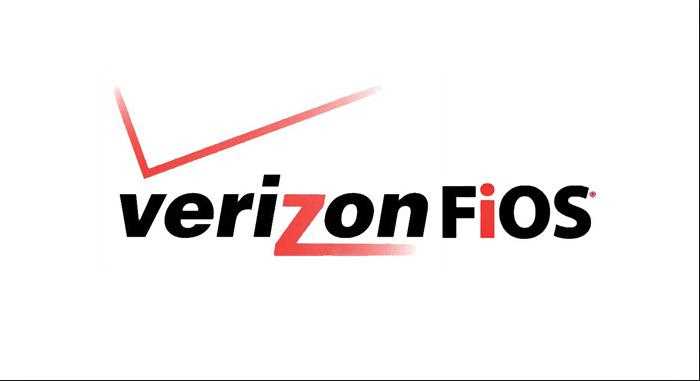It is safe to say that cell phone companies are competing more than ever to win over customer’s hearts. From the “Can you hear me now?” guy that was at Verizon, but has recently switched teams to the commercials that brag about their better cell phone coverage, companies are looking for any way to win the battle against each other.
With all of these improvements that we see in commercials, what exactly are they doing? Is the technology improving or are they just branding it slightly different and we are giving them the easy win?
To answer your questions, this article is going to be more tech-speak than usual, as a heads up, but it will also circle back to “normal speak” as to what the big phone players are actually doing to improve their service to us.
The Main Players in the Game:
Before we go any further, let’s step back and analyze the main competitors in the industry. This will allow you to see where Verizon stands amidst all the other bandwidth competitors in the industry.
Verizon: Cellco Partnerships, the owner of Verizon, is located in New Jersey. Their main slogan and claim to fame is that they are the “Nation’s largest 4G LTE service provider”.
US Cellular: While this company had some success in the past, but has recently began to decline in influence. They are the fifth largest provider of telecom services.
Sprint: Sprint is a large competitor against AT&T and Verizon, and are trying to make it onto their stage by stealing the “can you hear me now?” guy and also including some great new partnerships.
T-Mobile: This company has been trying to become the edgy and fun company for their customers. With their exciting and fun partnerships and marketing, they are sure to be a disruptor in the future.
AT&T: This is the world’s largest telecommunications service provider. They have great service, large coverage, and fast speed.
So, What is Verizon’s Newest Addition or Upgrade?
Here comes the tech speak. As of last week, Verizon has upped their competition level in the speed game. The company’s leadership announced that they will be working on providing fiber speeds to their customers through the use of NG-PON2. For those who have no idea what NG-PON2 means (this was me), they are essentially saying that they have upgraded their bandwidth service. The “NG” stands for “next generation” and the “PON” stands for “passive optical network”. The “2” is the next model for the PON(1), if you will.
For those who want the tech speak, here is a more official definition: “NG-PON2 departs from earlier PON standards by branching into the wavelength domain. It presently supports up to four 10 Gbps symmetric TDM/TDMA lightwave pairs, in an architecture called Time/Wavelength Division Multiplexing (TWDM). In addition, its band plan provides for four wavelength pairs of point-to-point WDM channels, and coexistence on the same fiber with older PON specifications.”
How all this comes together? A.K.A. Let’s come back down to earth
So, let us get down to the tangible benefits for those who just want to see their computer and phone move faster. When you look at your phone right now, you will probably see a 3G, 4G, or LTE to tell you how fast of a service you got. This PON2 is building the backbone for 5G structure, which will easily speed up your phone and internet bandwidth.
The Verizon executives did mention that this upgrade is not necessarily for the resident that wants better wifi, at least right now. However, by developing this structure, testing it out, and having it refined through business use, the residents and individuals will quickly reap those benefits when the time comes.
One of the ways these improvements are being tangibly seen are in Verizon’s Fios. Verizon Fios is an internet bundle that they are offering to their customers. Fios is a 100% fiber optic network that Verizon has released to their customers. Fios can help provide fast and reliable service for you phone, internet, and TV. Their technology mentioned above is the backbone to this offering. Without a successful use of NG-PON2, Verizon’s Fios could and would fail to provide the best service to their customers.
By upgrading to Fios, you will now be able to stream TV in HD, surf the internet at lightning speeds, and use your phone for great service without struggling to load, stream, or download anything in the future.
Conclusion
Overall, this article had a lot of tech speak. It might seem as though you snuck into a college chemistry class and you wanted to simply turn back around. But, do not let all the talk deter you.
You should be encouraged that Verizon has promised a faster speed, up to 40Gbps, for its customers. Whether or not this benefit trickles down to you in the coming year or not, it is a signal that the big companies are working to compete and this time it is not about best reception, but more of the actual speed that you need to download your Instagram pictures.
Verizon is one of the biggest players in bandwidth and cell phone coverage. By them upping the level of competition, you can rest assured that the other main competitors mentioned above will follow suit. So, for all of us who have slower data, can I get a “Hallelujah” for faster speeds?
Source: http://www.dslreports.com/shownews/Verizon-Promises-Speeds-up-to-40-Gbps-With-NextGen-FiOS-139641



